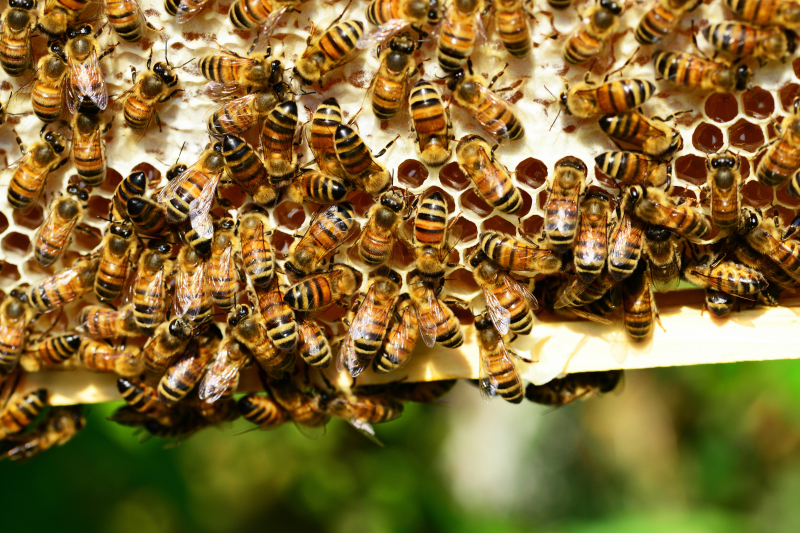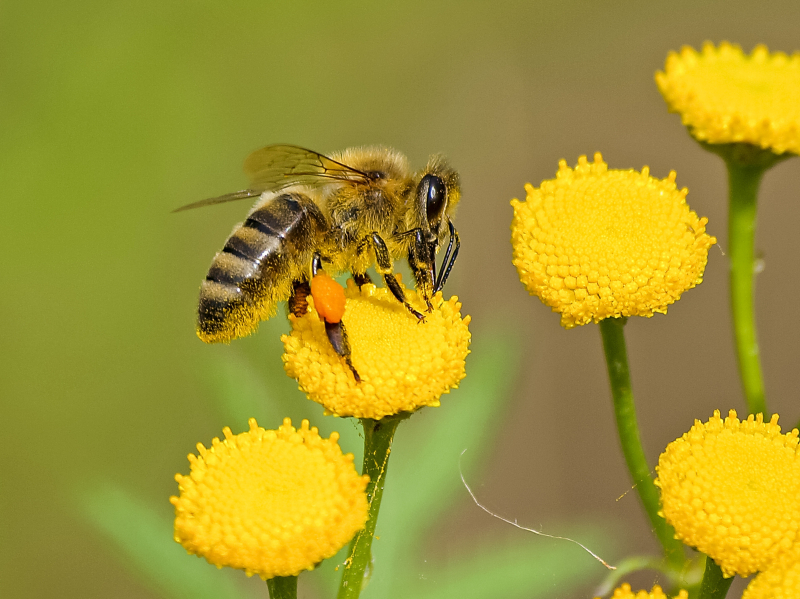What Was Happening To The Bees?
If we may use the analogy, a few years ago, bee-related news stories flooded the Internet. Beekeepers and biologists reported that worker bee populations had abruptly began to decline throughout North America, Europe, a small portion of Asia, Africa, and South America, and no one knew why. They weren't actually dying, either; all they were doing was disappearing, leaving their hives and queens behind—a process known as Colony Collapse Disorder.
It turns out that there was never any mystery surrounding the situation in the first place. Neonicotinoids, a class of insecticides used in nearly all major crops in North America, were to blame for various bug illnesses that led worker bee populations to abruptly leave their hives and disappear.
Several studies from as recently as 2013 have demonstrated that these toxins severely impair the nerve and motor function of the bees and also increase their susceptibility to virus and fungi diseases.
Neonicotinoids have harmful impacts on numerous insect species worldwide, not just bee populations, which is why they were formally outlawed in Europe in 2013. Pharma corporations have persisted in their efforts to keep these drugs lawful in the United States and Canada, including supporting research projects that paint the issue as complex and multifaceted and engaging in political lobbying.












